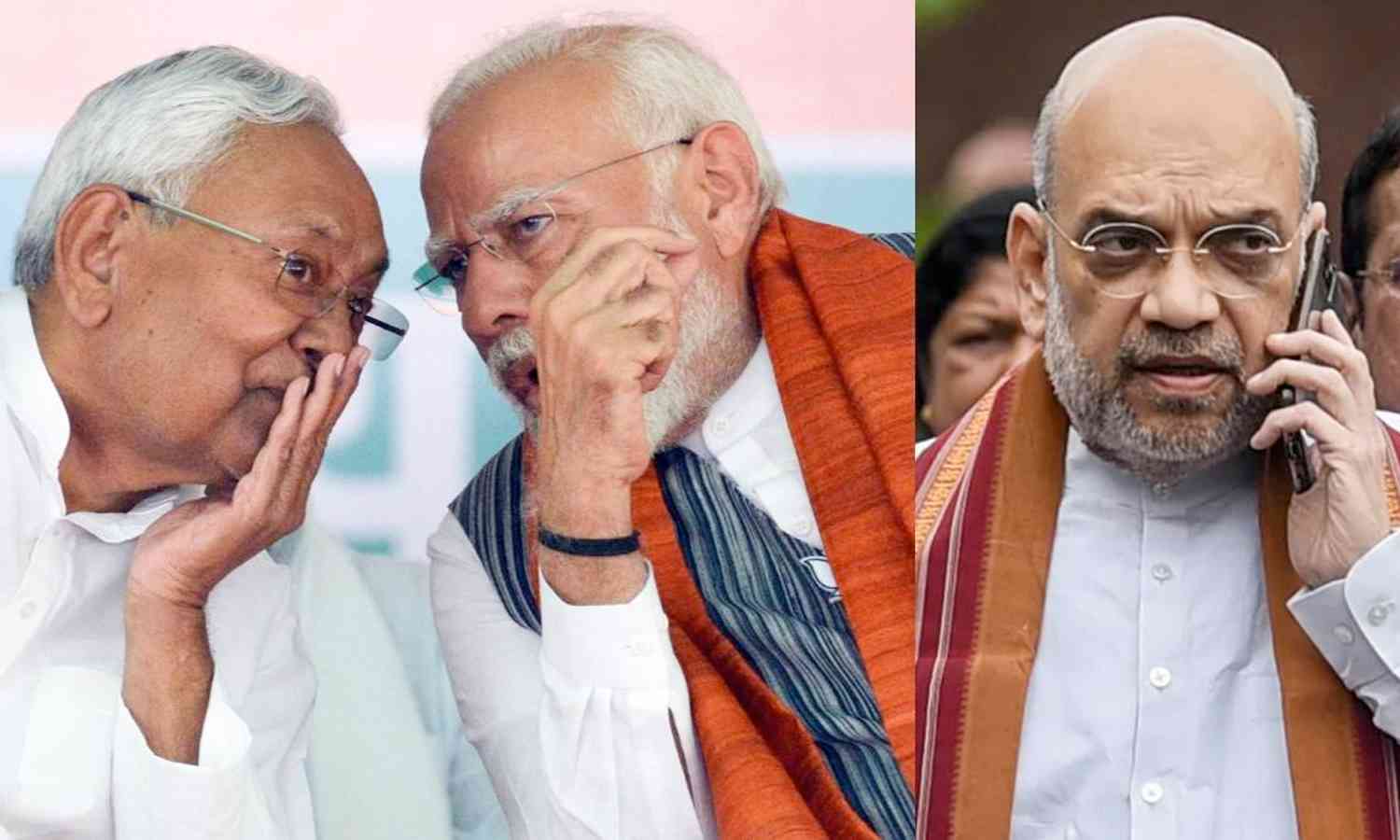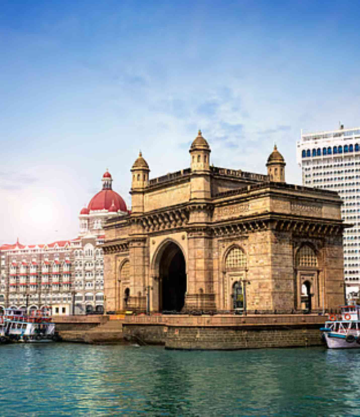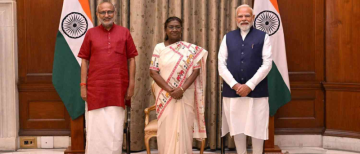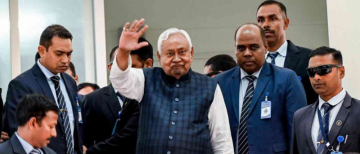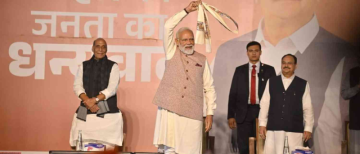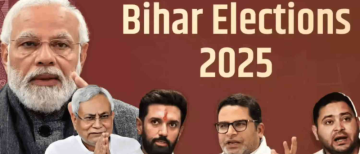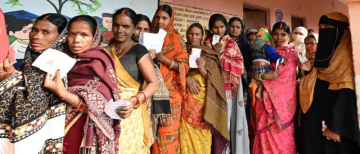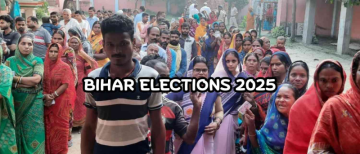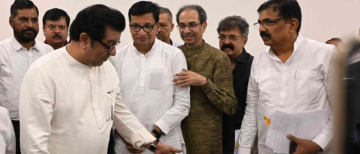After years of indifference, deflection, and outright opposition, the BJP-led Centre has suddenly discovered the virtues of a caste census—right on the eve of elections in Bihar, the beating heart of caste politics. On April 30, the Union government announced that caste enumeration would finally be included in the upcoming decadal census. But there’s a catch: no timeline was provided. Union Minister Ashwini Vaishnaw, in a cabinet briefing, wrapped the announcement in grand declarations of transparency, constitutional propriety, and national unity. Yet the timing of the decision—just months before the Bihar Assembly polls—makes the intent glaringly obvious. What was once dismissed as divisive is now being rebranded as “inclusive.” Welcome to the age of electoral enlightenment.
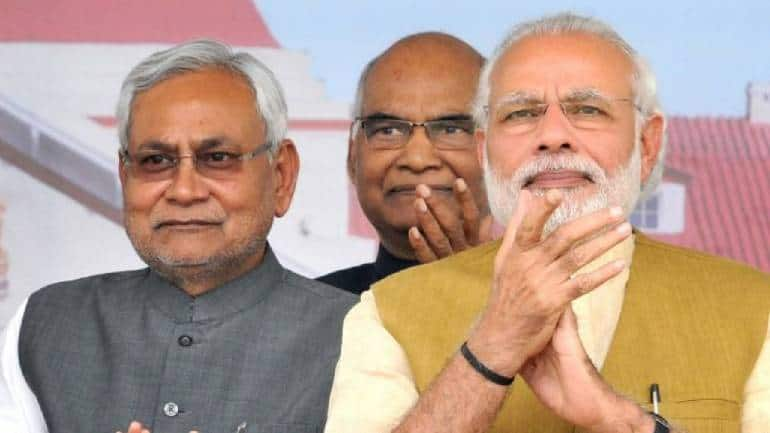
Let’s not forget that for years, the Modi government had maintained that caste-wise enumeration was not on the cards. In 2021, it told the Supreme Court that this had been policy since 1951. As recently as mid-2023, the government stood firm in Parliament, reiterating that caste would not be part of the next Census. And yet, here we are, with the Cabinet Committee on Political Affairs suddenly moved by the plight of marginalised communities—just in time to craft a new electoral script in Bihar and perhaps beyond. In a speech peppered with accusations, Vaishnaw blamed opposition parties—especially the Congress—for politicising caste data, even as he stood at the podium announcing what is arguably one of the most politically charged decisions of this election cycle. According to him, past efforts like the 2011 Socio-Economic and Caste Census (SECC) were mere “surveys,” unlike the now-promised (but still unscheduled) “transparent” enumeration. What he didn’t mention: the 2011 SECC data was never fully released under the current regime.

The rhetorical jabs extended to States like Bihar and Telangana, which have already conducted caste surveys. Without naming names, Vaishnaw decried the lack of transparency in such exercises—particularly ironic, considering the Centre hasn’t managed to hold a single Census since 2011. The 2021 count was delayed by the pandemic, and the government has since been in no rush to reschedule. The caste census was a prominent issue in the 2024 Lok Sabha elections, with Rahul Gandhi making it a centrepiece of the Congress campaign and his “jitni aabadi, utna haq” slogan resonating in many backward-caste strongholds. Telangana’s Revanth Reddy credited Gandhi for putting the issue on the national agenda, while Bihar’s JD(U)-RJD government had already stirred the pot by publishing its own caste data in 2023.

That Bihar survey revealed what many had long suspected: nearly two-thirds of the state’s population belongs to marginalised caste groups, whose representation in government jobs and educational institutions remains abysmally low. The JD(U)-RJD alliance tried to act on this by passing amendments to breach the 50% reservation cap, but the Patna High Court struck them down in 2024. The matter now lies with the Supreme Court. Interestingly, back when the JD(U) was allied with the Congress and RJD under the INDIA bloc, the BJP vehemently opposed the caste census, calling it a divisive tactic. BJP leaders in Bihar even questioned the legitimacy of the survey. Yet today, with Nitish Kumar back in the NDA and Rahul Gandhi’s campaign gaining traction among backward castes, the BJP has executed a stunning U-turn—now presenting caste enumeration as a “historic” move to promote social equality.

Home Minister Amit Shah echoed this newfound enthusiasm, calling the announcement a “message of strong commitment” to the rights of the marginalised. Still, like Vaishnaw, he offered no details about when the census would actually take place. The BJP’s change of heart is clearly strategic. With the Samajwadi Party’s PDA (Pichchda, Dalit, Alpsankhyak) formula biting into its support base in Uttar Pradesh during the 2024 general election, the party is scrambling to reclaim its connect with subaltern communities. Narendra Modi himself has increasingly identified as an Extremely Backward Class (EBC) leader, and with Nitish Kumar—an OBC stalwart—once again in the NDA fold, the BJP sees a new caste calculus worth investing in.

Yet the political subtext is transparent. Without a firm timeline, the caste census remains a symbolic announcement, high on optics, low on substance. As journalist Rasheed Kidwai aptly put it, unless the numbers are used to restructure power—via quotas and sub-quotas in education, employment, and welfare—the exercise is little more than electoral theatre. The Centre’s sudden embrace of caste data, after years of hostility, signals less a moral awakening than a pragmatic recalibration. Social justice, it seems, is now palatable—so long as it can be weaponised for votes.
In the end, this is not just a story of data. It’s a story of power. And in India, power still flows along the entrenched lines of caste. The only question is: who gets to draw them next?
With inputs from agencies
Image Source: Multiple agencies
© Copyright 2025. All Rights Reserved Powered by Vygr Media.

